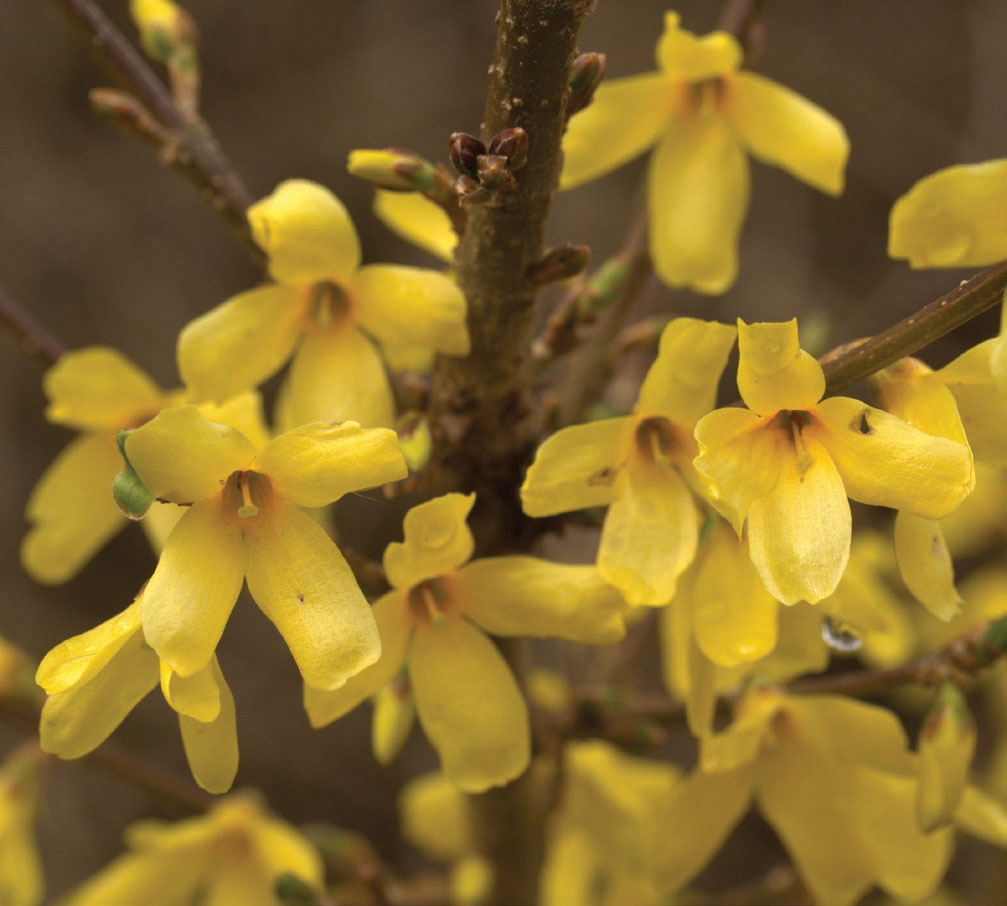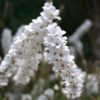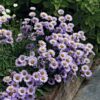Forsythia ‘Gold Clusters’
This is the best dwarf Forsythia which only grows 120cm tall by as much across. During late winter and early spring it produces a mass of lemon-yellow open bells so abundantly that you can barely see the stem for flowers. During autumn the foliage turns burgundy chocolate. This beautiful little shrub needs a sunny spot and a little extra irrigation during summer as it doesn’t enjoy being totally parched. Traditionally planted with Tulips.
$13.50
In stock
This is the best dwarf Forsythia which only grows 120cm tall by as much across. During late winter and early spring it produces a mass of lemon-yellow open bells so abundantly that you can barely see the stem for flowers. During autumn the foliage turns burgundy chocolate. This beautiful little shrub needs a sunny spot and a little extra irrigation during summer as it doesn’t enjoy being totally parched. Traditionally planted with Tulips.
We like to keep our postage and shipping simple here at Lambley Nursery.
Orders containing plants or bulbs are $15.00 flat rate regardless of quantity. Any combination of other items with plants and bulbs are included.
Seed and card orders under $35.00 are $5.50 flat rate. Seed and card orders over $35.00 qualify for free shipping.


